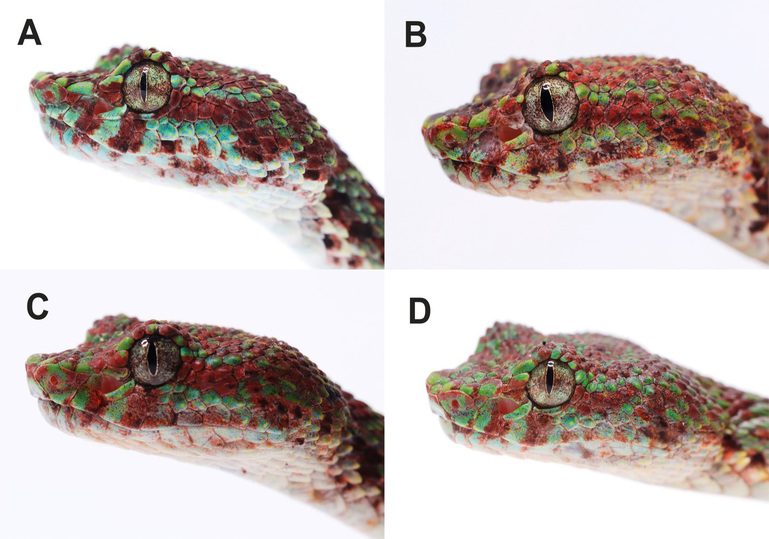Russian biologists have discovered a new species: a pretty relative of the viper with “eyelashes”
[ad_1]
To do this they had to assemble a whole terrarium
A new species of snake discovered by Russian scientists in Thailand will help to slightly change people’s attitude towards poisonous snakes. In one of the karst caves, they met a relative of the common viper from the keffiyeh genus, which is distinguished from other relatives by small scales near the eyes, reminiscent of eyelashes.
As MK was told by the Russian Science Foundation, metropolitan biologists from Moscow State University. Lomonosov worked in Thailand together with local scientists and colleagues from Vietnam.
Poisonous snakes of the keffiyeh genus are widespread in Southeast Asia; to date, scientists know 46 species belonging to this genus. Not long ago, in one of the karst caves in Satun province, scientists discovered a new species, which they named Trimeresurus ciliaris, which translated means “ciliated keffiyeh.” Biologists managed to find five individuals of the new species.
It does not exceed 40 centimeters in length and has a bright red-green color, which helps snakes hide on rock surfaces. But the snake got its name for its main distinctive feature – small scales near the eyes that resemble eyelashes. Thanks to them, it can easily be distinguished by its external characteristics from other relatives.
The fact is that other keffiyehs, as a rule, have one large shield above the eye, forming a visor similar to an eyebrow, which gives these snakes a rather stern appearance. But the ciliated keffiyeh has numerous small, slightly protruding scales above the eyes.

With them, the snake looks more cute than scary,” says Nikolai Poyarkov, Candidate of Biological Sciences, Associate Professor.
Nevertheless, according to the scientist, the new species is poisonous, and the properties of its poison have yet to be studied, as well as the natural diet of the keffiyeh. Now all the captured “cute” individuals are kept in a special terrarium, where they are fed with frogs and small geckos.
Scientists have already managed to study the DNA of the new species, which showed that Trimeresurus ciliaris is genetically significantly different from other related keffiyehs.
[ad_2]
Source link








